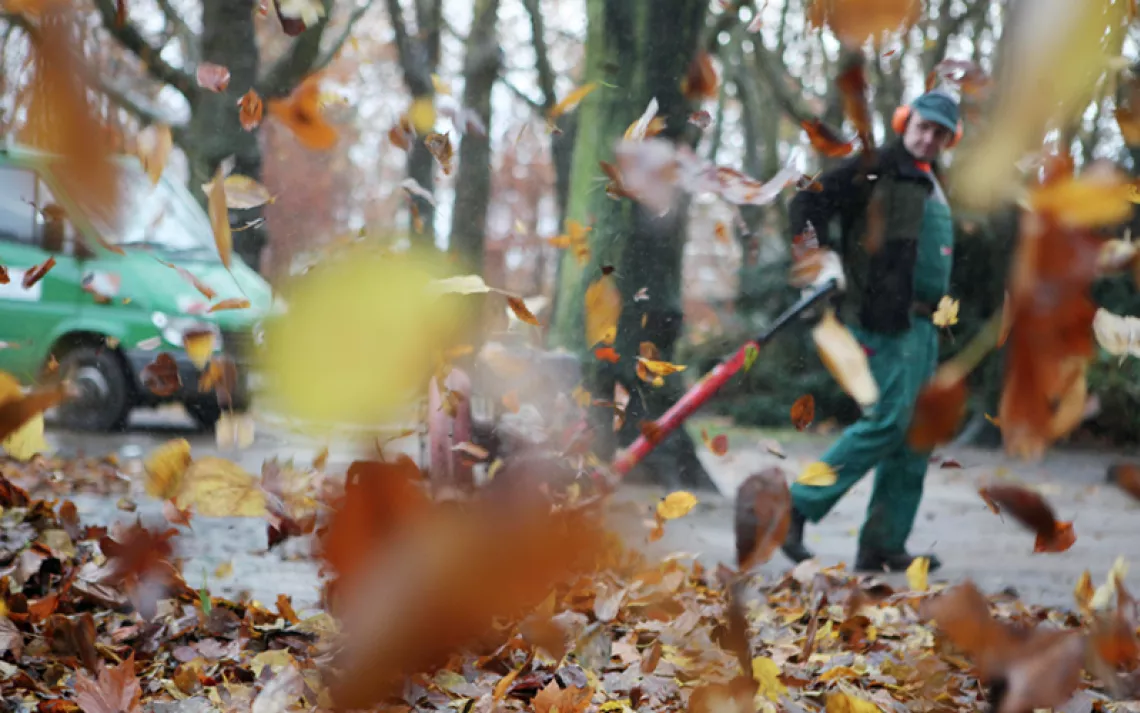Why White, Solar-Reflecting Paint is Greener Than a Rooftop Garden

Illustration by Peter and Maria Hoey
on the one hand
Rooftop gardens--sometimes called green roofs--are a trendy topping for buildings, with close to 1,000 installed each year in the United States and Canada. Their benefits are manifold: They absorb and filter rainwater, provide habitat for birds and bugs, and offer verdant sanctuaries to stressed-out urbanites. Most important, they keep buildings--and cities--cool, reducing the need for energy-sucking air conditioners. While the dark tar or rock ballast of conventional roofs absorbs sunlight, heating up the buildings below, green roofs diffuse it through evapotranspiration. A study in New York City found that green roofs were 60 degrees cooler than their tarry neighbors.
on the other
A roof treated with white, solar-reflecting paint benefits the climate three times more than a green roof, scientists at California's Lawrence Berkeley National Laboratory have found. Rather than simply cooling the air, white roofs reflect sunlight back into the atmosphere. The price is right too: When LBNL researchers compared the costs of white, green, and black roofs over 50 years, they found that white roofs are easily the cheapest of the three, costing $9 per square foot less than green roofs and more than $2 per square foot less than black roofs. A 2008 study found that if white roofs were installed worldwide, they would offset 24 gigatons of CO2--two-thirds of our annual output.
 The Magazine of The Sierra Club
The Magazine of The Sierra Club



